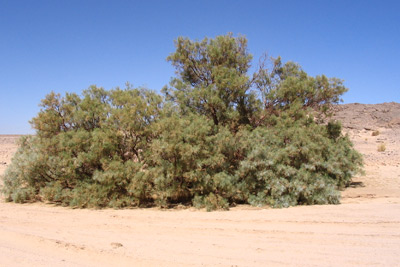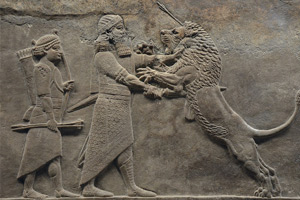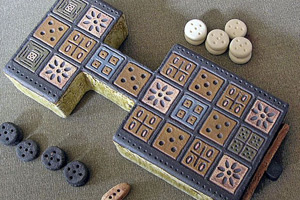One of the earliest inscriptions mentioning Dilmun is that of king Ur-Nanshe of Lagash about 2300 BCE:
"Boats from the land of Dilmun carried the wood"

Dilmun (𒉌𒌇𒆠) is the Sumerian name for an area to the south of Mesopotamia, most likely the island of Bahrain. Dilmun grew into a trading centre before 3000 BCE, and was an important power until about 1500 BCE, when it came under the power of other kingdoms.
In some inscriptions, it looks like Sumerians came from the island of Dilmun, and Dilmun appears as a paradise where no-one is sick and people do not get old. It might be that these stories inspired the stories of paradise in the Hebrew Bible.
One of the earliest inscriptions mentioning Dilmun is that of king Ur-Nanshe of Lagash about 2300 BCE:
"Boats from the land of Dilmun carried the wood"
.
.
See a complete list of Mari kings.
.
.
You may also be interested in these articles

It is easy to think of Sumeria as a barren land, only kept alive by irrigation canals. In addition to irrigated trees such as date palms, we also find interesting flora such as the tamarisk, juniper and cedar.

If you have visited the Sumerian section of the British Museum, chances are you have seen the Lion Hunt of Ashurbanipal. It is a series of very impressive wall coverings illustrating the King Ashurbanipal's prowess.

Possibly the oldest board game in existence, and surely the oldest we have rules for, the Game of Ur is a fascinating predecessor to Backgammon. Watch a video on how to play it, and see the original at British Museum.